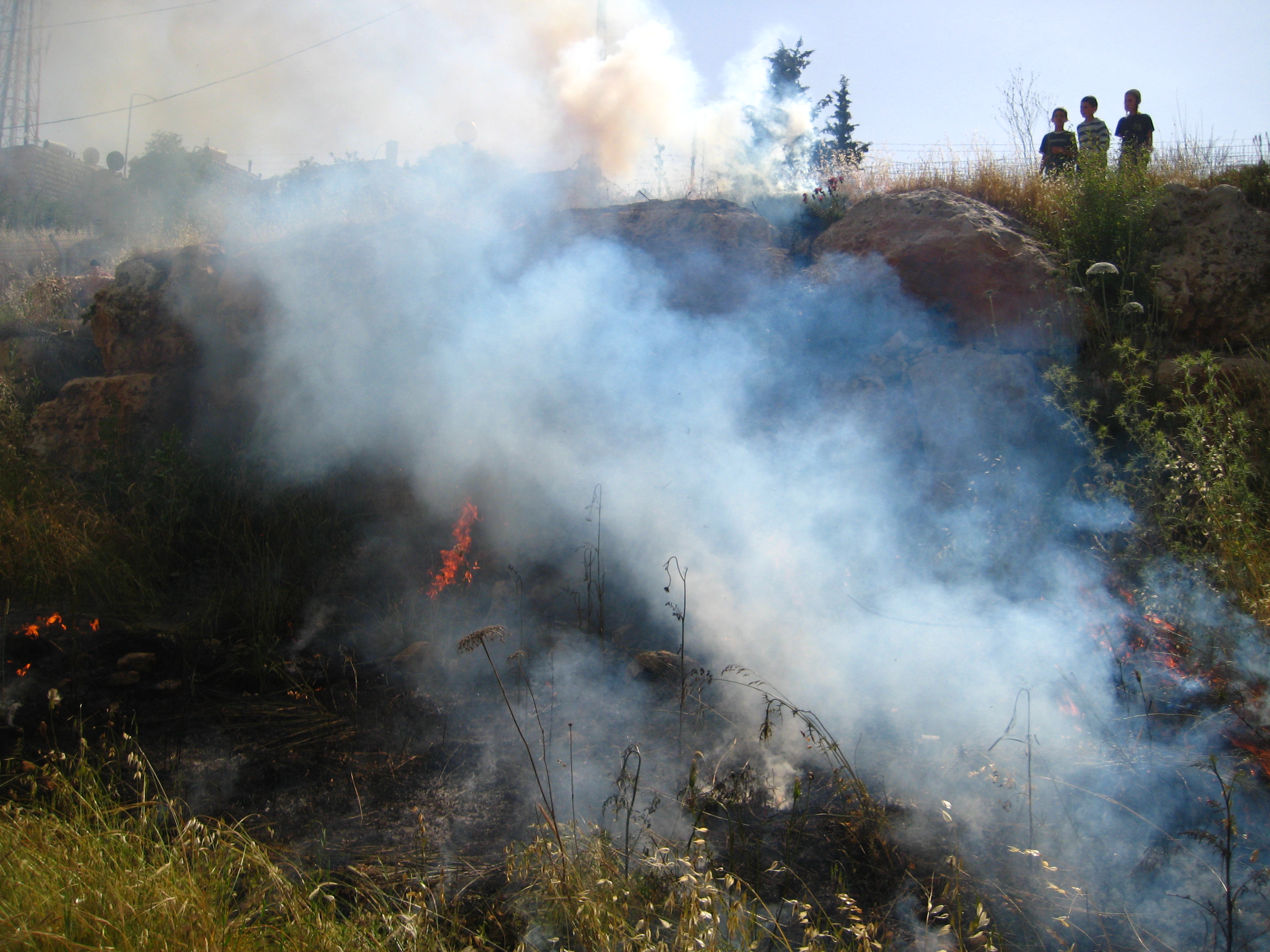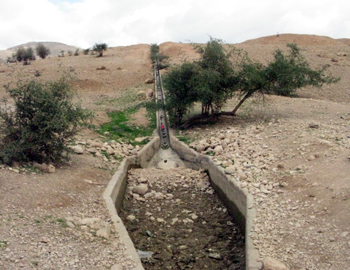Tag: B’Tselem
-
West Bank protest organizer, Bassem Tamimi, to Judge: “Your military laws are non-legit. Our peaceful protest is just”
6 June 2011 | Popular Struggle Coordination Committee Tamimi, who has been held in custody for over two months, pleaded not guilty to the charges against him and held a defiant speech explaining his motivation for organizing civil resistance to the Occupation. See his full statement below. After more than two months in custody, the…
-
Fire at field near Kiryat Arba, Hebron
22 May 2011 | International Solidarity Movement On Thursday May 19 a part of the field of Abd al Kareim al Jabari in Western Hebron, where International Solidarity Movement activists have been present for the past ten days, was set on fire. Settler children started to throw stones at the ISM activists as soon as…
-
B’Tselem: Report on Israeli expropriation of Palestine’s natural resources
11 May 2011 | B’Tselem Dispossession and Exploitation: Israel’s Policy in the Jordan Valley & Northern Dead Sea Click here for an interactive version. Download the full report here (pdf). The Jordan Valley and the northern Dead Sea area contains the largest land reserves in the West Bank. The area covers 1.6 million dunams, which…


